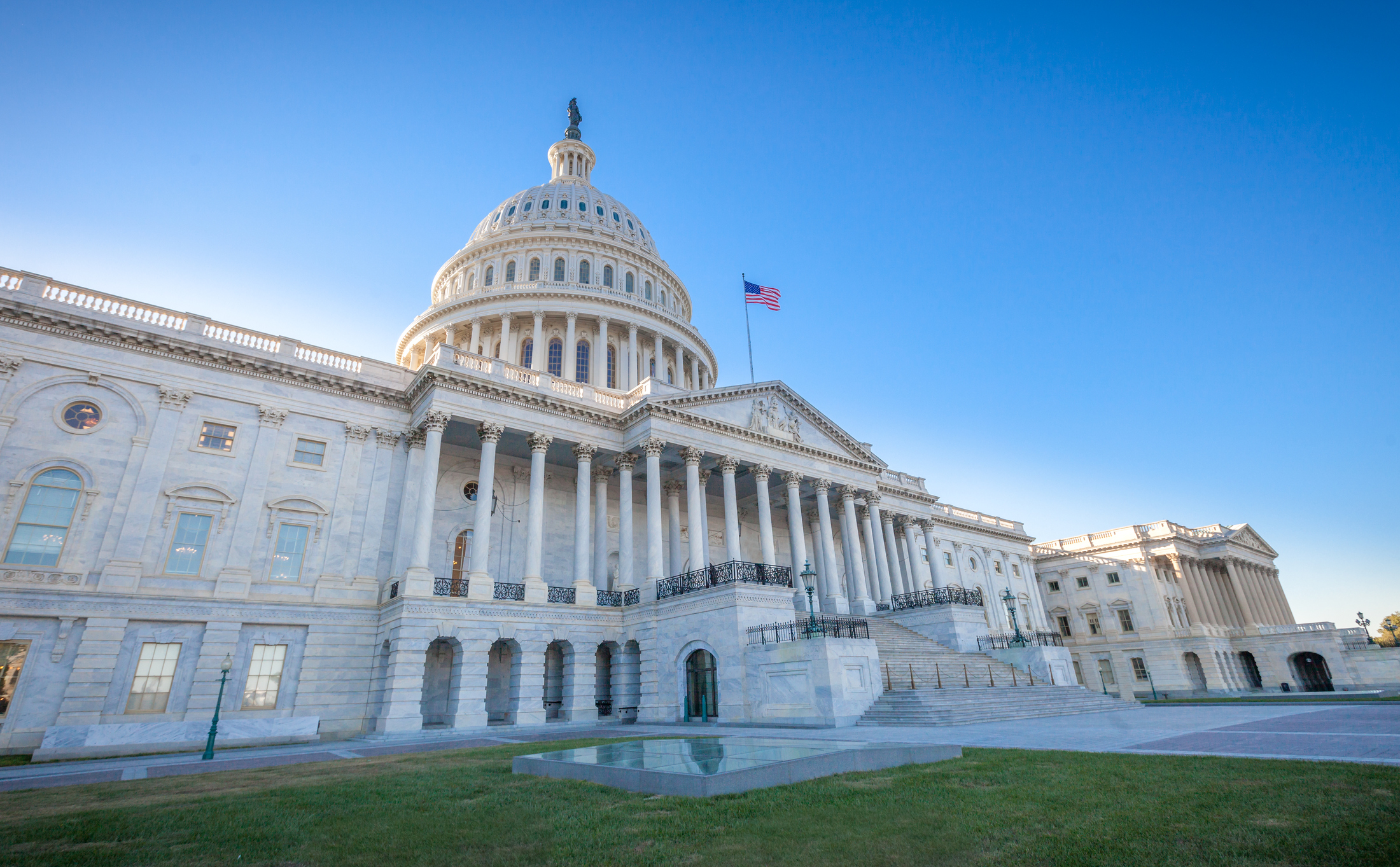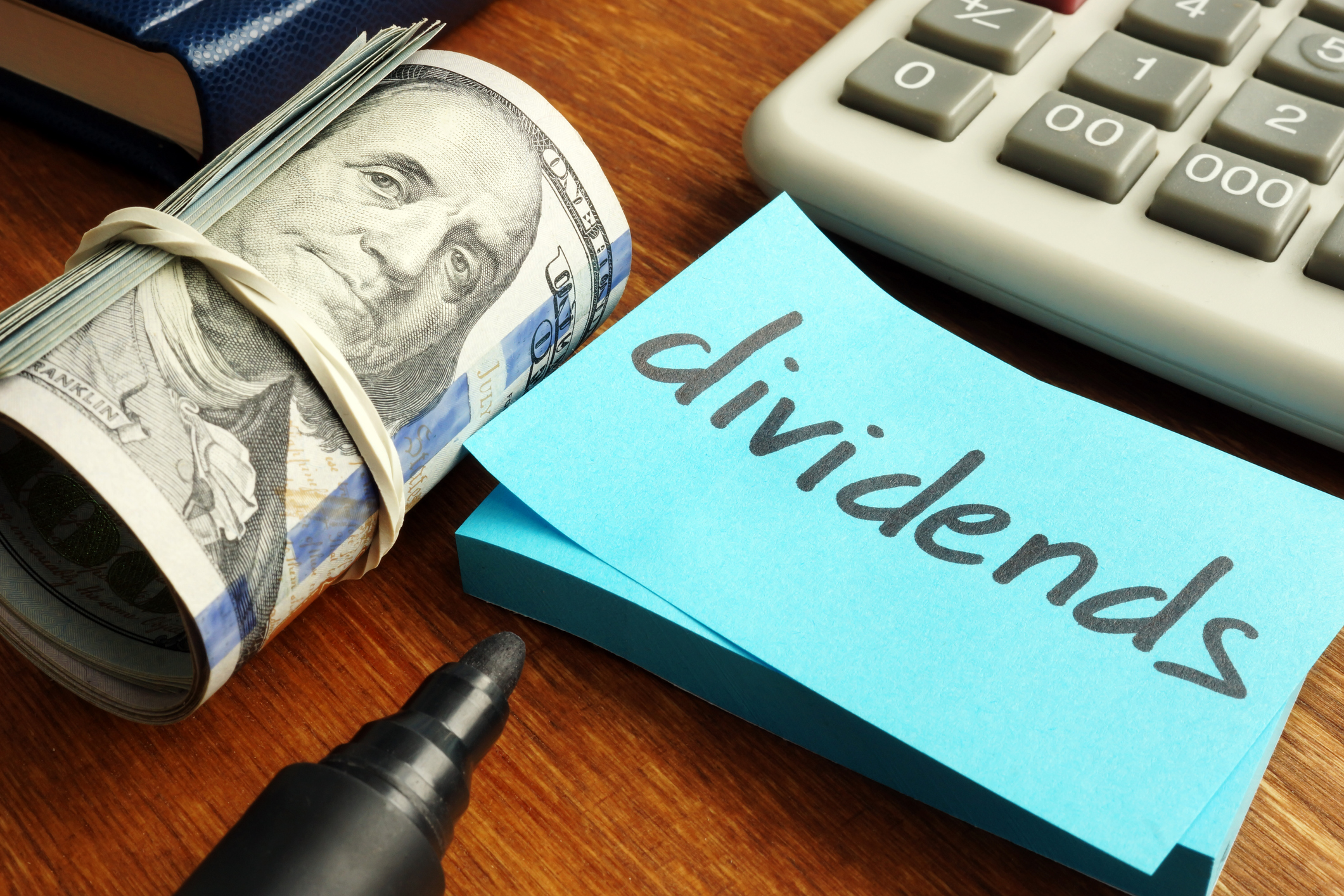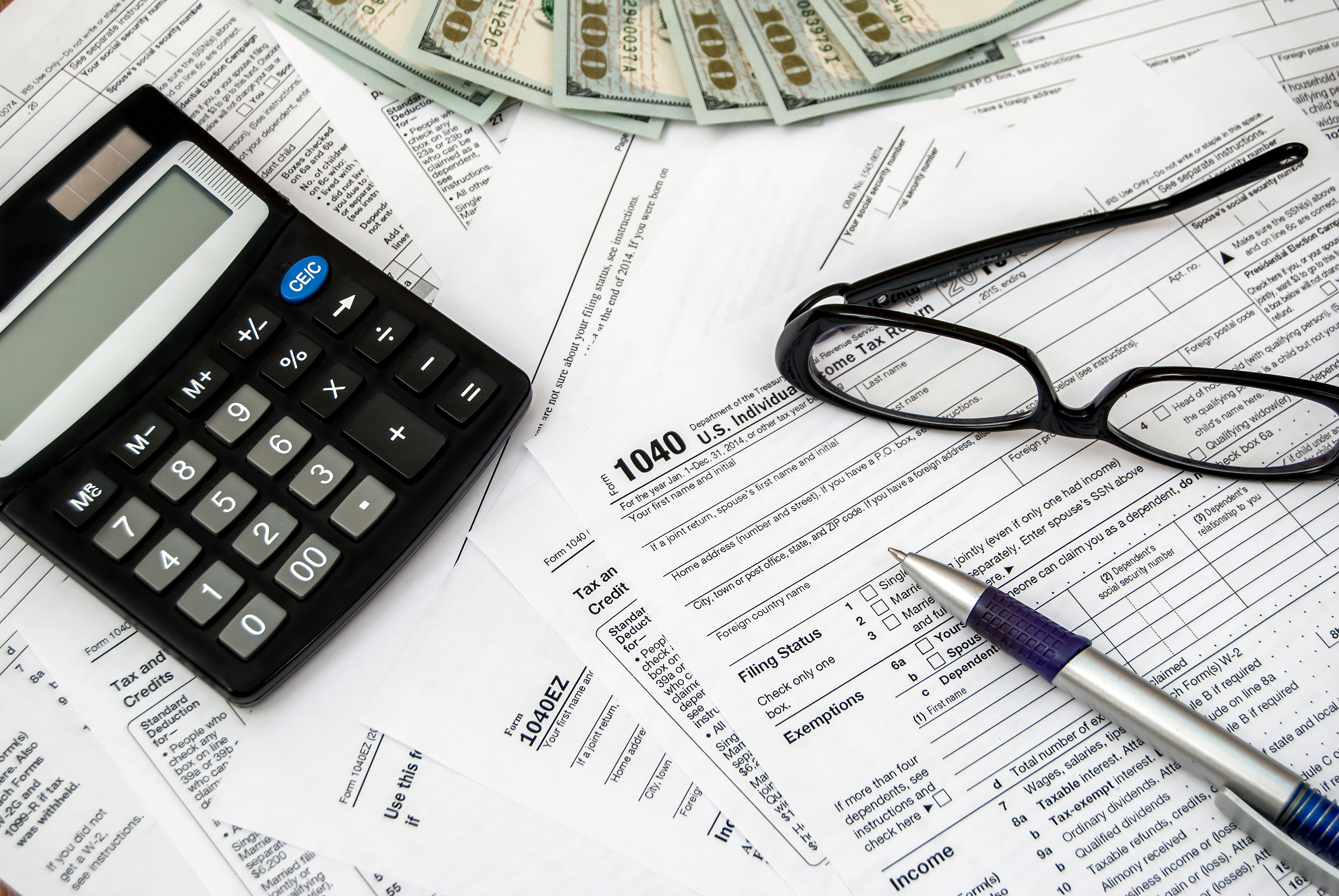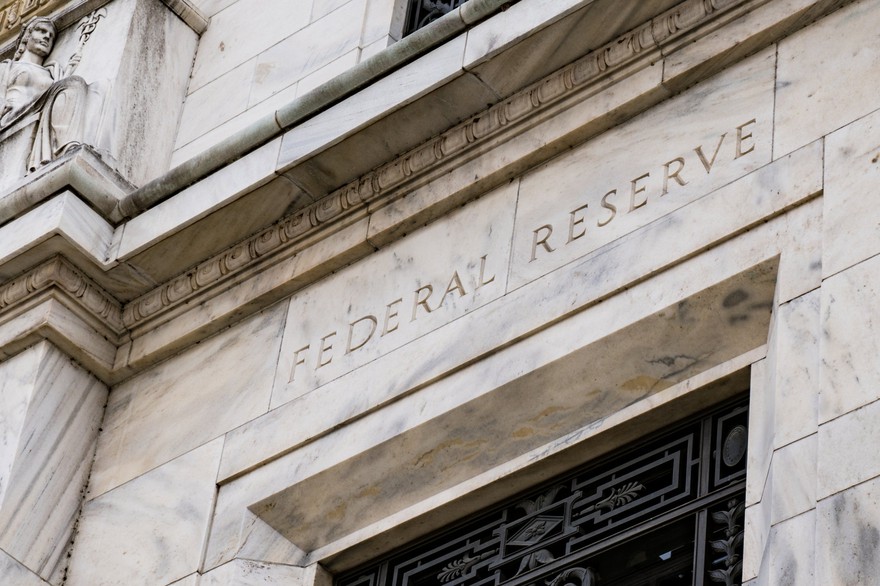However, if a bank can't meet its funding needs from the overnight market, it can obtain funds through the discount window. The discount window refers to the Federal Reserve's facility for banks to take out short-term loans. The interest rate the Fed charges borrowers from the discount window is called the discount rate.
Since banks always have access to funds at the discount rate, it sets an upper limit for what banks can charge in the overnight market. So, when the Fed increases or decreases the discount rate, it has an effect on the loans that banks are willing to make and the interest rates they charge. This can have a substantial impact on the economy, as we'll discuss below.
Why is the discount rate used?
The Fed uses the discount rate to make sure banks always have a way to borrow and meet their reserve requirements. Importantly, though, the discount rate is set higher than the federal funds rate, which is the rate the Fed suggests commercial banks use to lend to one another. The federal funds rate is set by the Federal Open Market Committee (FOMC), and there's usually a gap of about 1 percentage point between the federal funds rate and the discount rate. This encourages banks to lend to each other before tapping the Federal Reserve.
By raising or lowering the discount rate, the Fed can influence the money supply, which can fuel economic activity or help control inflationary pressures.
If the Fed lowers the discount rate, it encourages banks to lend more money (since they can increase their reserves at a lower cost). The result is more loans for businesses and consumers, meaning an increase in the money supply, which spurs economic activity but also leads to greater inflation.
If the Fed wants to curb inflation, it can increase the discount rate, which makes it more expensive for banks to lend or for businesses and individuals to borrow. This curbs the money supply and decreases inflation, but it can also slow down economic activity. If people have to spend more money servicing debt, they can't spend as much on other things.
Using the discount rate to reduce the money supply is called contractionary monetary policy. The opposite, lowering the discount rate to increase the money supply, is called expansionary monetary policy. The Fed can also influence money supply and interest rates by increasing or decreasing the reserve requirements for banks and by buying bonds on the open market.




















